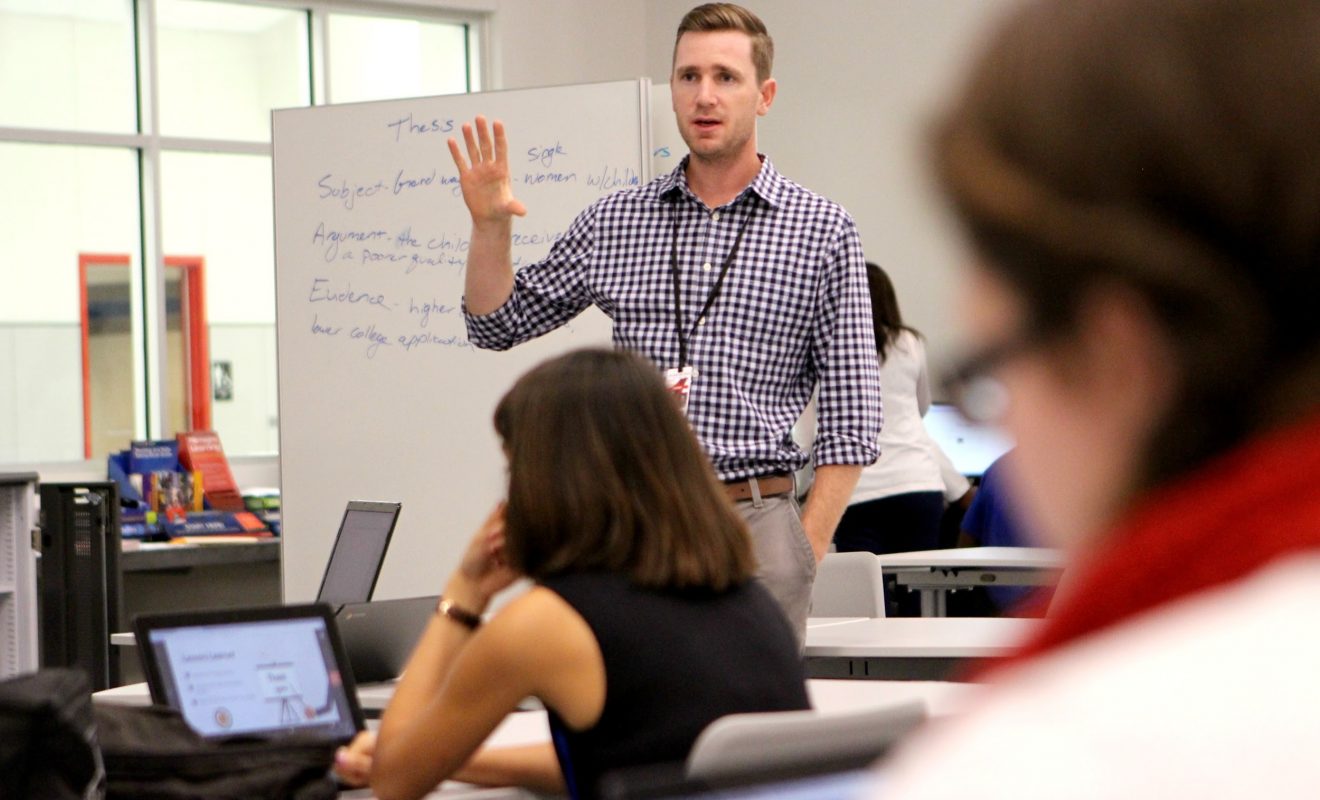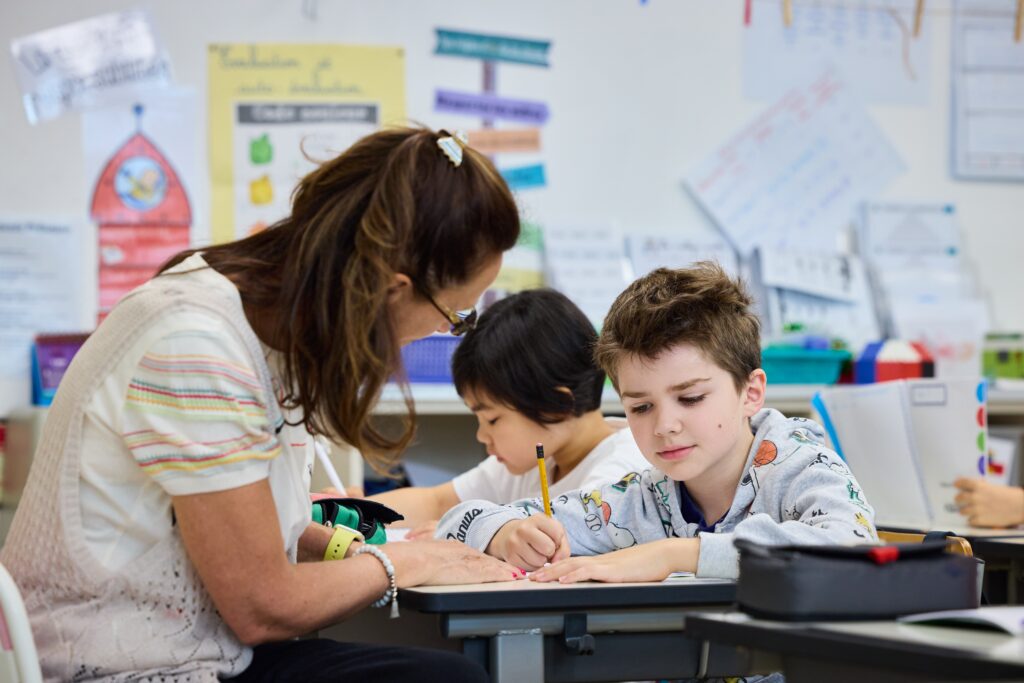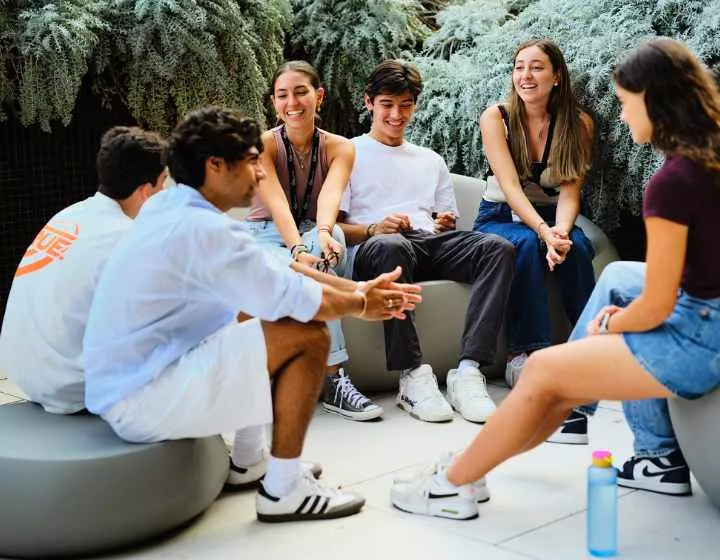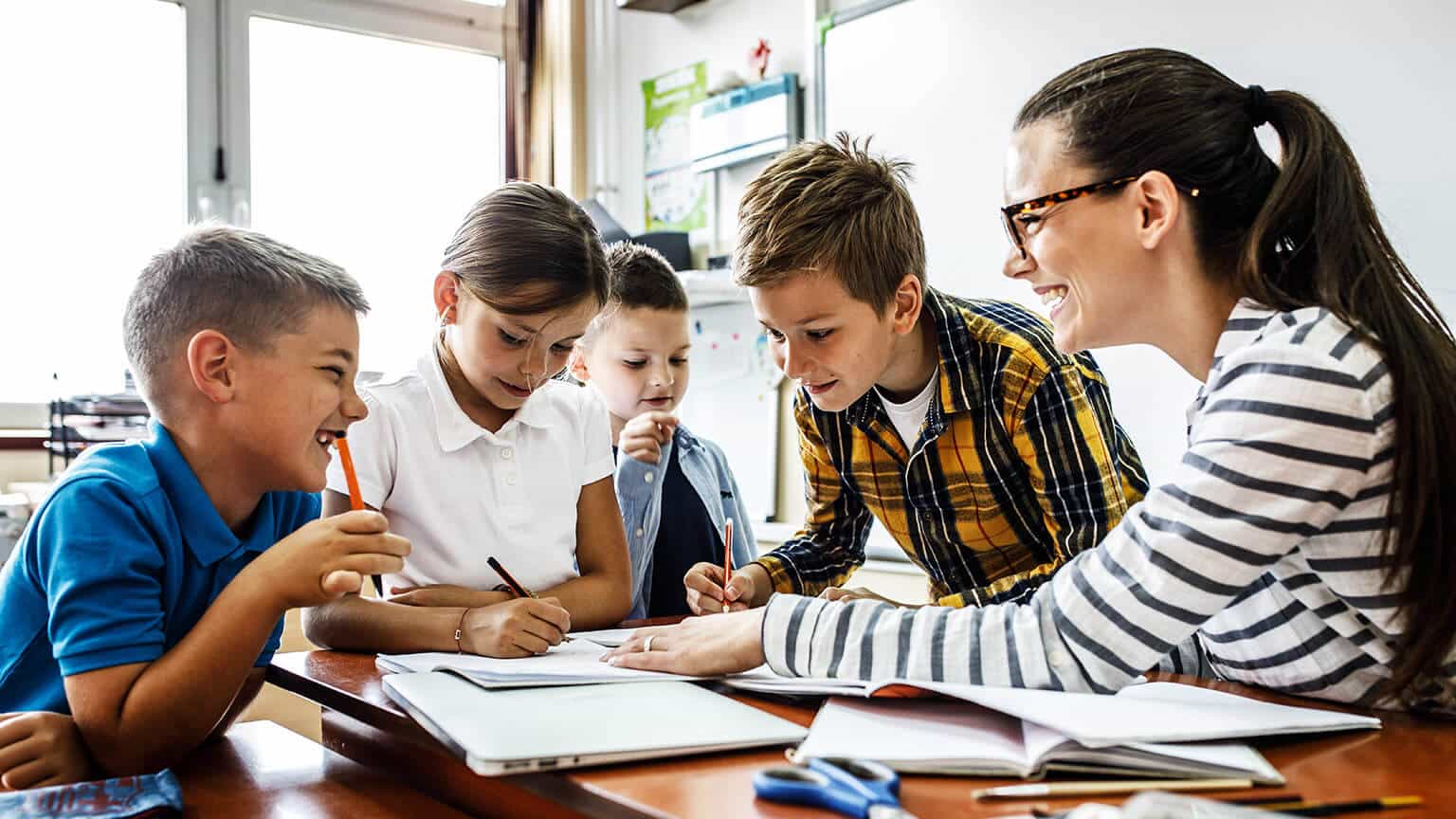Today, collaborative learning has taken on a central role in the renewal of educational methodologies. This technique encourages student participation, promotes their autonomy, and fosters teamwork, all of which are highly valued in current educational models. From the Master’s in Educational Innovation and the Master’s in Active Methodologies to the Course in Educational Innovation , there are many qualifications from the European University that allow teachers, professors, and future teachers to acquire skills in these types of methodologies.

In this article, we’ll explore what collaborative learning is and why it should be used in the classroom, examples of collaborative work and assessment strategies, and the differences between cooperative and collaborative learning.
Collaborative learning What is it?
Collaborative learning is an active methodology in which students work together to achieve common goals. Unlike traditional teacher-centered models, collaborative work in the classroom places students at the center, promoting both their autonomy and positive interdependence. In addition to facilitating the understanding of content, his type of learning strengthens many of the social skills students need for their personal and professional future, such as analytical thinking, problem-solving, and communication.
Why implement collaborative learning in the classroom?
Collaborative learning has proven effective in fostering a participatory and dynamic classroom environment. This is primarily because it promotes the development of key skills such as:
- Adaptation and practical application of theory to everyday situations.
- Autonomy and task management, which helps students organize their time independently.
- Shared responsibility, wich encourages commitment to the group and the completion of assigned tasks.
- Search and analysis of relevant information, tengthening critical capacity and source selection criteria.
- Oral and written communication skills t essential for expressing ideas and opinions effectively.
- Conflict resolution in the classroom through dialogue and negotiation, ffosteringrespect and empathy for other points of view.
These competencies are key to meeting both academic and professional challenges, and they make collaborative learning an increasingly popular methodology in educational institutions at all levels.
Examples of collaborative learning in education
For collaborative learning to be successful, it’s essential to use well-defined strategies to guide students’ learning. Below are some sample activities:
Work on group projects
Students are expected to work together on a project that covers the subject matter and can present it as a team. This technique helps strengthen a sense of shared responsibility and fosters commitment to the group’s outcome .
Jigsa technique
Each group member becomes an “expert” in a specific part of the topic and must then teach that part to their peers. This technique promotes interdependence and reinforces the idea that all students are necessary to complete the activity.
Structured debates and dialogues
Through debates or roundtable discussions, students develop effective communication skills and learn to defend their opinions while respecting those of others. This is especially useful for improving argumentation and critical understanding of the topics.
Collaborative problem solving
In this collaborative learning strategy, problems are presented and must be solved as a team, promoting the application of theoretical knowledge in practical, real-life contexts. Collaborative problem-solving fosters creativity and critical thinking.
Diaries and shared reflections
After completing group activities, students can be asked to write a brief reflection on their experience and what they learned. Sharing these reflections as a group fosters self-awareness and allows for a collective evaluation of the work dynamics.
All of these examples of strategies not only promote learning, but also strengthen the sense of collaboration and teamwork among students.
Collaborative assessment techniques
Assessing collaborative learning is essential for measuring student progress and their ability to work as a team. Below are some collaborative assessment techniques:
Peer review
It allows students to evaluate their peers’ work, providing constructive feedback on individual and group performance. This type of collaborative assessment helps develop critical thinking and an objective view of teamwork.
Reflective self-assessment
In this assessment, students engage in personal reflection on their performance and contribution to the group. This technique is useful for students to develop self-awareness about their strengths and areas for improvement.
Evaluation of the process and the result
It’s important to evaluate both the collaborative process and the final outcome. This includes observing how students interact, how they manage their time, and whether they have achieved the established objectives. This allows the teacher to gain a comprehensive view of the group’s performance.
Group portfolios
A portfolio serves to document a group’s progress and achievements throughout a project or activity. In addition to serving as evidence of the work completed, portfolios foster organization and a sense of shared accomplishment. Ultimately, collaborative assessment helps teachers identify areas for improvement and also contributes to the development of self-assessment and feedback skills in students.










